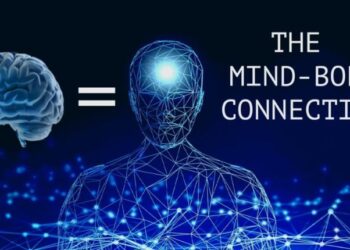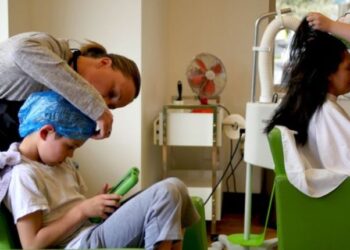You’re in a personal training connecticut session, but instead of tackling a standard workout, you’re embarking on a unique scientific journey. It’s a journey through the fascinating world of physical therapy. It’s more than just exercises and stretches. It’s a deep dive into the complex mechanics of our bodies, a study of how every joint and muscle interacts to let us move. This science doesn’t just alleviate pain, it enhances our understanding of human movement, helps us recover from injuries, and boosts our overall health. So, let’s unravel the captivating science behind physical therapy together, right here in this blog. Are you ready?
The Intricate Science of Physical Therapy
Physical therapy isn’t just about getting you back on your feet. It’s a specialized science that tackles the root cause of your pain or stiffness. It’s about understanding your body’s unique makeup and using that knowledge to restore function and movement.
Think about it like a puzzle. Your body is a complex network of bones, muscles, and joints. A physical therapist is like a puzzle master – they know how all these pieces fit together, how they’re supposed to move, and how to fix them when something goes wrong.
Physical Therapy: More Than Just Exercise
Yes, exercise is a big part of physical therapy. But it’s so much more than that. Physical therapy involves hands-on treatment techniques, education on body mechanics, and the development of personalized treatment plans. Each session is tailored to your needs, focused on your recovery, and aimed at preventing future injuries.
Let’s say you’ve sprained your ankle. A physical therapist won’t just give you exercises to strengthen your ankle. They’ll analyze your walk, assess your balance, and even look at how your hips and back are functioning. That’s because everything is connected. An issue in one area can affect movement elsewhere.
Benefits of Physical Therapy
Physical therapy isn’t just for those recovering from injuries or surgeries. It’s for anyone wanting to lead a healthier, more active life. Here are a few benefits:
- Improved mobility and flexibility
- Pain management without drugs
- Recovery from stroke or trauma
- Sports injury prevention
- Improved balance and coordination
So, you see, physical therapy isn’t just a quick fix. It’s a holistic approach to health that can benefit everyone. So, whether you’re in a personal training session or a physical therapy session, remember this – it’s all about understanding your body and working towards a healthier you.










